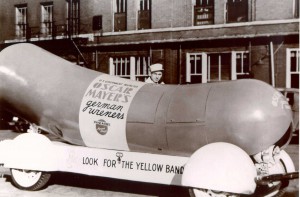Question from Gary:
Wasn’t there a published US application that the attorney did NOT remove a comment before it automatically published – something like I bet my inventors won’t even read any of this???
Hello Gary,
What a great question!!!
Yes, there was an application where a comment which should have been removed was published.
US Patent Application 20040161257 filed on July 21, 2003 for a display control apparatus for image forming apparatus had a very interesting claim included. Claim 9 of the application read as follows:
The method of providing user interface displays in an image forming apparatus which is really a bogus claim included amongst real claims, and which should be removed before filing; wherein the claim is included to determine if the inventor actually read the claims and the inventor should instruct the attorneys to remove the claim.
The actual patent, US patent 7305199, issued December 4, 2007 does not have this bogus claim included.
You can view the application here.
The patent can be see here.



